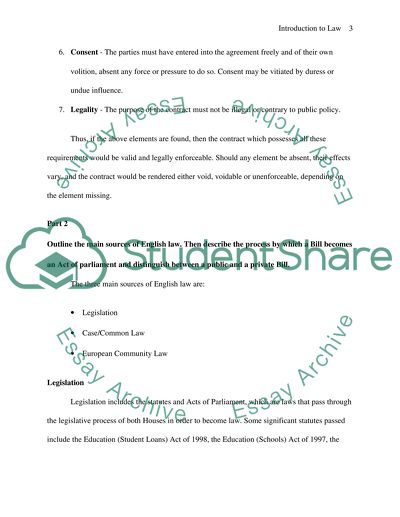Cite this document
(“Introduction to Law Essay Example | Topics and Well Written Essays - 1750 words”, n.d.)
Retrieved from https://studentshare.org/law/1532199-introduction-to-law
Retrieved from https://studentshare.org/law/1532199-introduction-to-law
(Introduction to Law Essay Example | Topics and Well Written Essays - 1750 Words)
https://studentshare.org/law/1532199-introduction-to-law.
https://studentshare.org/law/1532199-introduction-to-law.
“Introduction to Law Essay Example | Topics and Well Written Essays - 1750 Words”, n.d. https://studentshare.org/law/1532199-introduction-to-law.


